Large language models can propose fine-tuning adjustments for an electron accelerator in Germany.
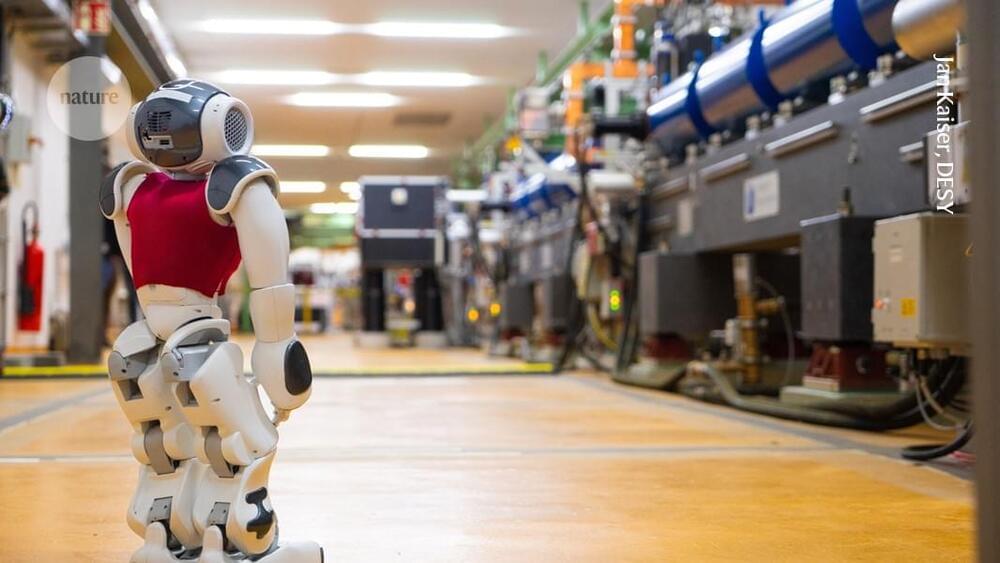


Near the Moon’s eastern limb lies Mare Crisium — the Sea of Crises — a low basalt plain embayed by rugged mountains. Carved by a colossal impact some 3.9 billion years ago, the 460-mile-wide (740 kilometers) mare appears largely flat and featureless. But lingering whispers of a volcanic past are everywhere, from its ubiquitous darkness to craters flooded and semi-obliterated by ancient basalt lavas — and a curious, solitary landmark near its center: the four-mile wide (6.4 km) Mons Latreille.
Soon, a robotic craft called Blue Ghost will land here, carrying 10 science instruments and technology tests as part of NASA’s Commercial Lunar Payload Services (CLPS) program. Also known as Blue Ghost Mission 1 and nicknamed Ghost Riders in the Sky, the lander is targeting a six-day launch window in mid-January. NASA announced Jan. 7 that the first scheduled launch opportunity is 1:11 a.m. EST on Wednesday, Jan. 15.
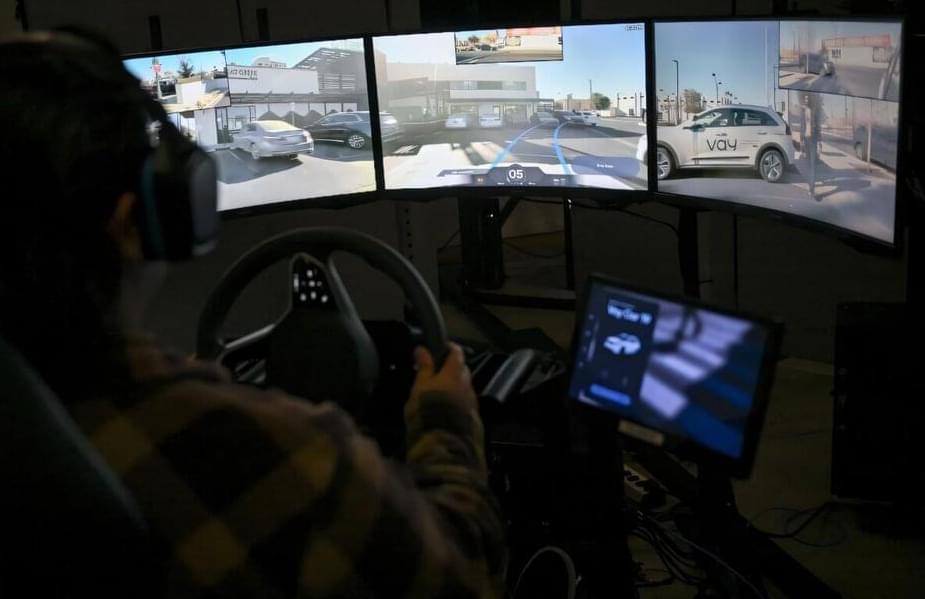
A German startup is pioneering remote driving technology, offering a unique alternative to autonomous vehicles. By utilizing human drivers operating from remote locations, the company provides cost-effective rides and vehicle delivery services. This innovative approach is gaining traction, with a growing fleet and thousands of completed rides.
With no one in the driver seat, the SUV pulling up resembles an autonomous robotaxi like those becoming increasingly present in some cities—but the car from German startup Vay is something else.
One of a number of emerging players aiming to disrupt road transportation, the seven-year-old company is built around remote driving, where a human is very much present, though sitting in an office using TV monitors to guide the car.
Over the last year, riders in Las Vegas have been able to test drive Vay, and the company was demonstrating its technology ahead of the Consumer Electronics Show (CES), the world’s most important tech show.


How does the Earth generate its magnetic field? While the basic mechanisms seem to be understood, many details remain unresolved. A team of researchers from the Center for Advanced Systems Understanding at the Helmholtz-Zentrum Dresden-Rossendorf, Sandia National Laboratories (U.S.) and the French Alternative Energies and Atomic Energy Commission has introduced a simulation method that promises new insights into the Earth’s core.
The method, presented in the Proceedings of the National Academy of Sciences, simulates not only the behavior of atoms, but also the magnetic properties of materials. The approach is significant for geophysics and could support the development of neuromorphic computing—an approach to more efficient AI systems.
The Earth’s magnetic field is essential for sustaining life, as it shields the planet from cosmic radiation and solar wind. It is generated by the geodynamo effect. “We know that the Earth’s core is primarily composed of iron,” explains Attila Cangi, Head of the Machine Learning for Materials Design department at CASUS.

A German startup is pioneering remote driving technology, offering a unique alternative to autonomous vehicles. By utilizing human drivers operating from remote locations, the company provides cost-effective rides and vehicle delivery services. This innovative approach is gaining traction, with a growing fleet and thousands of completed rides.
In 2025, we’ll see more AI agents entering the workforce, transforming workflows by simplifying, enhancing, and automating tasks across industries.
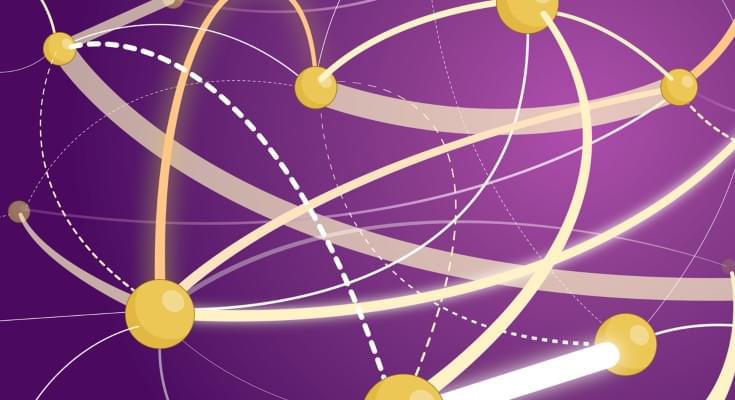
NeuroXess, a Chinese startup, has made two major breakthroughs in brain-computer interface (BCI) technology, coming to the aid of a brain-damaged patient. The first was its ability to decode thoughts to speech in real time, and the other was remotely controlling a robot arm using thoughts alone.
Testing of the startup’s new BCI also enabled the user to talk to an artificial intelligence (AI) model and operate a digital avatar. These tests are result of an experiment undertaken in August 2024 at Huashan Hospital, where neurosurgeons implanted a 256-channel, high-throughput flexible BCI device into the patient’s brain.
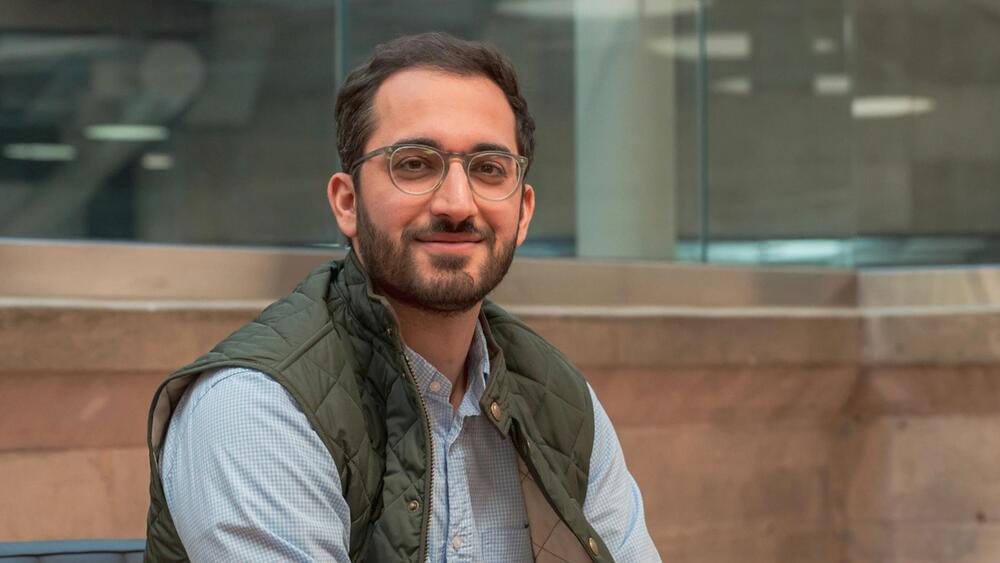

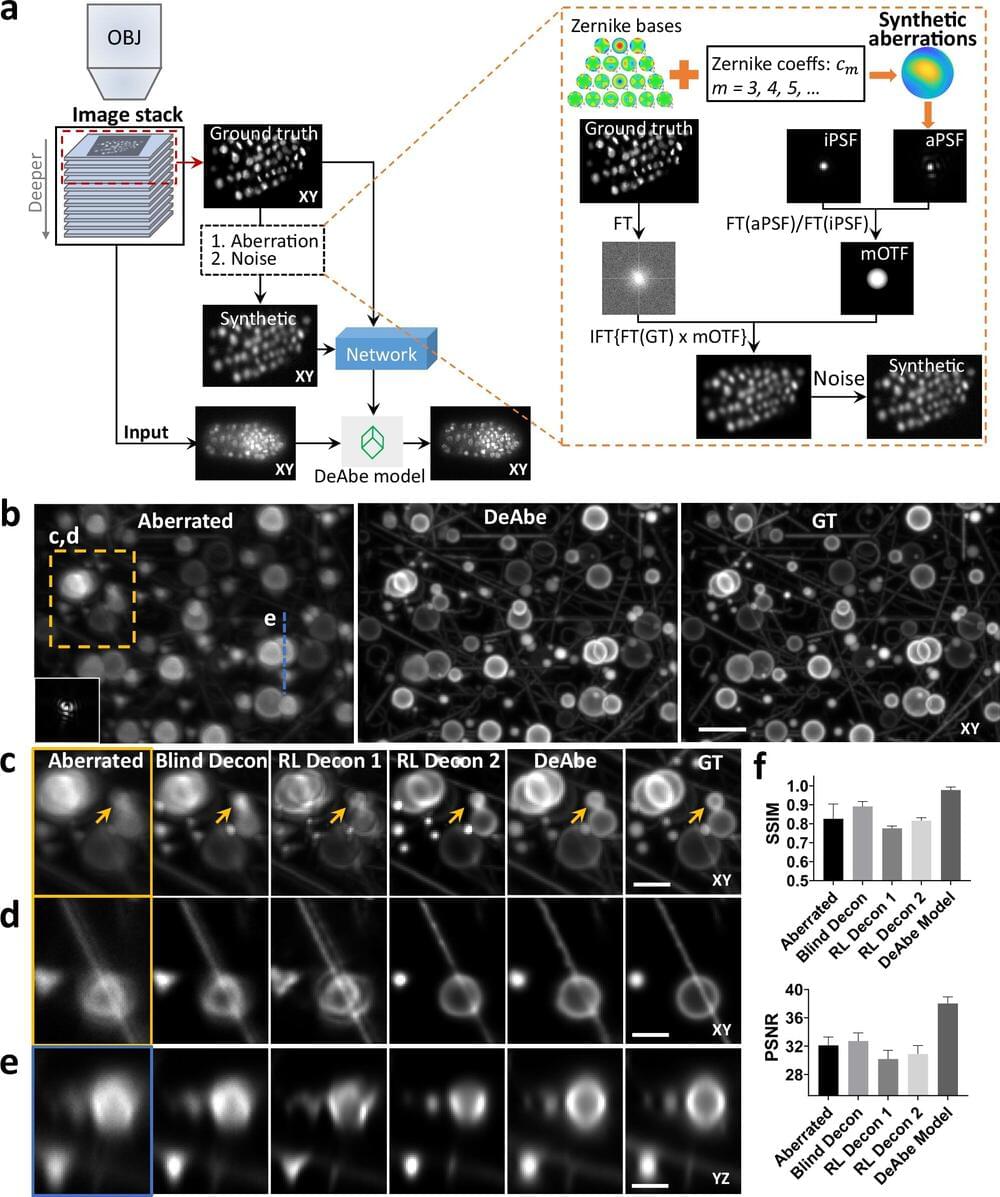
Depth degradation is a problem biologists know all too well: The deeper you look into a sample, the fuzzier the image becomes. A worm embryo or a piece of tissue may only be tens of microns thick, but the bending of light causes microscopy images to lose their sharpness as the instruments peer beyond the top layer.
To deal with this problem, microscopists add technology to existing microscopes to cancel out these distortions. But this technique, called adaptive optics, requires time, money, and expertise, making it available to relatively few biology labs.
Now, researchers at HHMI’s Janelia Research Campus and collaborators have developed a way to make a similar correction, but without using adaptive optics, adding additional hardware, or taking more images. A team from the Shroff Lab has developed a new AI method that produces sharp microscopy images throughout a thick biological sample.